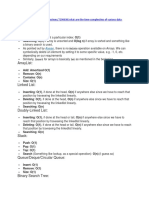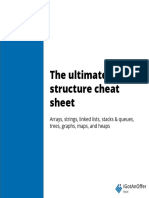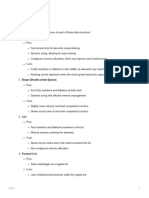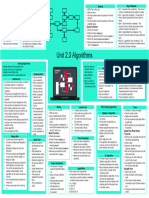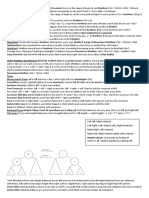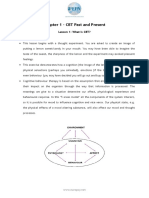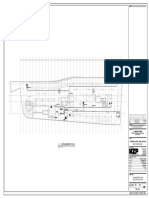0% found this document useful (0 votes)
101 views3 pagesTime Complexity
this sheet teaches you about time complexities of all the data structures.
Uploaded by
Kartikeya TripathiCopyright
© © All Rights Reserved
We take content rights seriously. If you suspect this is your content, claim it here.
Available Formats
Download as TXT, PDF, TXT or read online on Scribd
0% found this document useful (0 votes)
101 views3 pagesTime Complexity
this sheet teaches you about time complexities of all the data structures.
Uploaded by
Kartikeya TripathiCopyright
© © All Rights Reserved
We take content rights seriously. If you suspect this is your content, claim it here.
Available Formats
Download as TXT, PDF, TXT or read online on Scribd
/ 3





